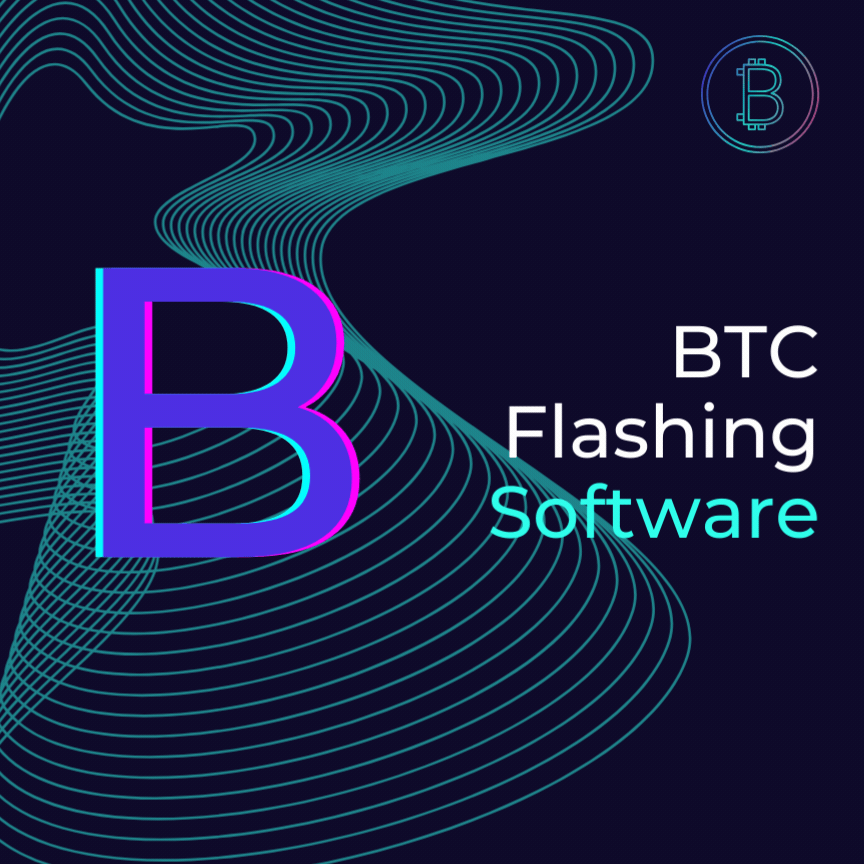The Rise of Flash Bitcoin and copyright Flashing Software: A Deep Dive into the copyright World
The Rise of Flash Bitcoin and copyright Flashing Software: A Deep Dive into the copyright World
Blog Article
copyright flashing software is used to send and receive cryptocurrencies temporarily, often for testing or demonstration purposes. It typically involves creating transactions that appear real but are not actually validated on the blockchain. Cryptocurrencies have revolutionized the financial landscape, offering decentralized and borderless transactions. This article explores these terms and their significance in the ever-evolving world of digital currencies.
Flash bitcoins refer to a method of temporarily transferring Bitcoin (BTC) in a way that appears valid but is not permanent. This concept is closely tied to the notion of “flashing,” where digital assets are moved between wallets or accounts, often for a limited time. The purpose of flashing can vary, from testing transaction speeds and security features to conducting illicit activities. Flash bitcoins are not a well-documented or officially recognized concept within the copyright community. Instead, they are often associated with gray areas and underground markets.
Flash Bitcoins: The Basics
The terms copyright flasher and copyright flash are closely related to flash bitcoins. A copyright flasher refers to a tool or software used to facilitate the flashing of cryptocurrencies. These tools can be employed for various purposes, including demonstrating the transfer of digital assets, testing blockchain networks, or, in some cases, engaging in fraudulent activities.
copyright flashing software interface with graphs and digital currency icons
copyright flash, on the other hand, can refer to both the process and the event of flashing cryptocurrencies. This can involve the temporary appearance of funds in a wallet, which might later disappear. The use of copyright flasher tools can be risky, as it often involves bypassing standard security measures and exploiting vulnerabilities in blockchain networks.
Flash copyright: A Broad Term
Flash copyright is a broader term that encompasses any digital asset involved in the flashing process. It is not limited to Bitcoin but can include other cryptocurrencies like Ethereum, Litecoin, and more. The concept of flash copyright highlights the versatility of flashing, as it can be applied to various digital assets. However, it is essential to understand that flashing is not a legitimate or widely accepted practice in the copyright community. It often raises ethical and legal concerns, as it can be used for money laundering, fraud, or other illicit activities.
BTC USDT Flashing Software: A Specific Use Case
BTC USDT flashing software is a specific type of tool designed to facilitate the flashing of Bitcoin (BTC) and Tether (USDT), a stablecoin pegged to the US dollar. This software enables users to temporarily move these assets between wallets or accounts. The flashing of BTC and USDT can serve various purposes, including arbitrage, testing liquidity, or, in some cases, conducting fraudulent transactions.
The use of BTC USDT flashing software raises several concerns, especially regarding the legality and security of such activities. While some may use this software for legitimate purposes, others may exploit it for illegal transactions. It is crucial for users to exercise caution and ensure they operate within the bounds of the law when engaging with such software.
copyright: The Backbone of Cryptocurrencies
copyright plays a pivotal role in the functioning of cryptocurrencies. It is the underlying technology that enables the secure and transparent transfer of digital assets. A blockchain is a distributed ledger that records all transactions across a network of computers. This technology ensures that transactions are immutable, secure, and transparent.
copyright is not limited to cryptocurrencies; it has applications across various industries, including supply chain management, healthcare, finance, and more. It enables the creation of smart contracts, decentralized applications (copyright), and other blockchain-based solutions. The versatility and potential of blockchain technology make it a critical component of the digital economy.
The Risks and Challenges of Flashing
The practice of flashing cryptocurrencies, whether through flash bitcoins, copyright flashers, or BTC USDT flashing software, comes with significant risks and challenges. One of the primary concerns is security. Flashing often involves exploiting vulnerabilities in blockchain networks, which can compromise the security of digital assets. Additionally, the temporary nature of flashed transactions can lead to confusion and disputes, especially if funds are not returned as expected.
Another significant risk is the legal implications. The use of flashing software can be seen as an attempt to manipulate transactions, evade regulations, or conduct illicit activities. This can result in legal consequences, including fines, penalties, or even imprisonment. It is crucial for individuals and organizations to understand the legal landscape and ensure they comply with relevant laws and regulations.
The Future of Flashing and Blockchain Technology
As the copyright market continues to evolve, so does the technology and practices associated with it. The concept of flashing is likely to remain a controversial and debated topic. While some may view it as a tool for testing and experimentation, others may see it as a potential threat to the integrity of the blockchain ecosystem.
The future of flashing will largely depend on advancements in blockchain technology and regulatory frameworks. As blockchain networks become more secure and sophisticated, the opportunities for flashing may diminish. Additionally, stricter regulations and enforcement could deter individuals and organizations from engaging in such practices.
On the other hand, the broader field of blockchain technology is poised for continued growth and innovation. From decentralized finance (DeFi) to non-fungible tokens (NFTs), blockchain is revolutionizing various sectors. The development of more secure and efficient blockchain solutions will play a crucial role in shaping the future of digital currencies and the broader digital economy.
Conclusion
it highlights the dynamic nature of the copyright market. As the technology and regulatory landscape continue to evolve, the importance of understanding these terms and their implications cannot be overstated. Whether for legitimate purposes or otherwise, the practice of flashing underscores the need for vigilance, security, and compliance in the world of digital currencies
Bitcoins flashing software